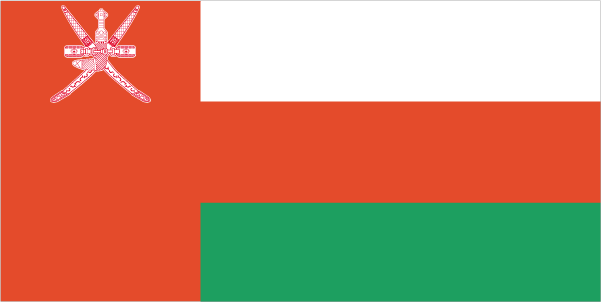
Oman is a middle-income economy that is heavily dependent on dwindling oil resources. Because of declining reserves and a rapidly growing labor force, Muscat has actively pursued a development plan that focuses on diversification, industrialization, and privatization, with the objective of reducing the oil sector's contribution to GDP to 9% by 2020 and creating more jobs to employ the rising numbers of Omanis entering the workforce. Tourism and gas-based industries are key components of the government's diversification strategy. However, increases in social welfare benefits, particularly since the Arab Spring, will challenge the government's ability to effectively balance its budget if oil revenues decline. By using enhanced oil recovery techniques, Oman succeeded in increasing oil production, giving the country more time to diversify, and the increase in global oil prices through 2011 provided the government greater financial resources to invest in non-oil sectors. In 2012, continued surpluses resulting from sustained high oil prices and increased enhanced oil recovery allowed the government to maintain growth in social subsidies and public sector job creation. However, the Sultan made widely reported statements indicating this would not be sustainable, and called for expanded efforts to support SME development and entrepreneurship. Government agencies and large oligarchic group companies heeded his call, announcing new initiatives to spin off non-essential functions to entrepreneurs, incubate new businesses, train and mentor up and coming business people, and provide financing for start-ups. In response to fast growth in household indebtedness, the Central Bank reduced the ceiling on personal interest loans from 8 to 7%, lowered mortgage rates, capped the percentage of consumer loans at 50% of borrower's salaries for personal loans and 60% for housing loans, and limited maximum repayment terms to 10 and 25 years respectively.
$94.86 billion (2013 est.)
country comparison to the world: 77
$90.28 billion (2012 est.)
$85.99 billion (2011 est.)
5.1% (2013 est.)
country comparison to the world: 53
5% (2012 est.)
4.5% (2011 est.)
$29,800 (2013 est.)
country comparison to the world: 50
$29,200 (2012 est.)
$28,700 (2011 est.)
agriculture: 1%
industry: 64.4%
services: 34.6% (2013 est.)
NA%
1.6% (2013 est.)
country comparison to the world: 46
2.9% (2012 est.)
968,800
country comparison to the world: 144
note: about 60% of the labor force is non-national (2007)
agriculture: NA%
industry: NA%
services: NA%
15% (2004 est.)
country comparison to the world: 139
crude oil production and refining, natural and liquefied natural gas (LNG) production; construction, cement, copper, steel, chemicals, optic fiber
3.5% (2013 est.)
country comparison to the world: 85